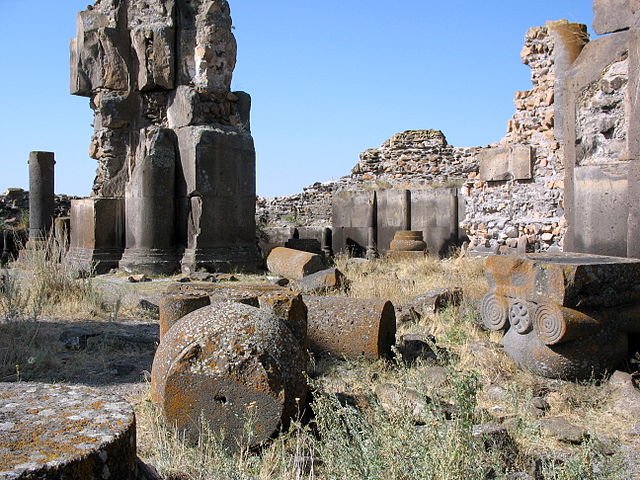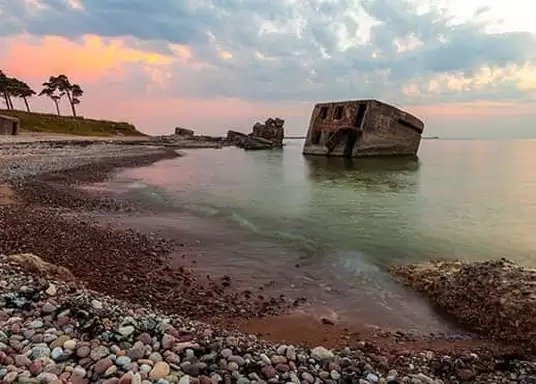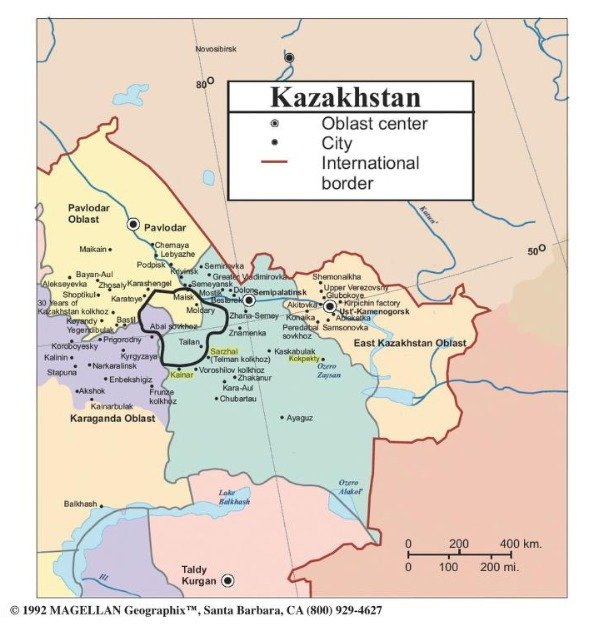War tourism is the only thing that crosses my mind, every time I think of all our cancelled travel plans in 2020. You must be wondering amidst such trying times, why read another something on “war”, “pain” & “suffering”. Well, if you are a travel enthusiast & all your plans have turned into a fine debris of hope, that you hope will rise again like a phoenix after the end of this virus, then this is for you. War tourism is not something new for sure, but something that I feel could be the future of global tourism.
And if you are wondering why? Then I have just one reason, the global Geo–political scenario could be devastating to read about, the way World War – III is being prophesied, my heart sank at the possibility of a Utopian Travel Itinerary. And then I came around this. So, one of the first travel agents, Henry Gaze in 1854 created a tour which included a visit to the battlefield of Waterloo & later our very favorite, Thomas Cook (Now dissolved, 178 year old British company) took tours to the battlefields of the Second Boer War. Pilgrimages to the Palestinian battlefields by Anglican tourists & destinations like Greece, Turkey & Italy fueled the rise of war tours. The simple idea of war tourism was concluded in a 1936 study, which said that the tourists were either driven by curiosity or wanted to pay homage to their deceased relatives. It all boils down to a “symbiotic relationship between the attraction and the visitor”, whether it be a death camp or site of a celebrity’s death.
The term ‘dark tourism’ was coined in 1996 by Lennon and Foley, two faculty members of the Department of Hospitality, Tourism & Leisure Management at Glasgow Caledonian University. Later a tourist, P. J. O’Rourke called his travels to Warsaw, Managua, and Belfast in 1988 ‘holidays in hell’. So if you too are curiously driven as to what the World might look like, after the aforesaid premonitions of World War –III, here’s a glimpse:
1) Hiroshima & Nagasaki (Japan)
Nuclear War Zone

2) Ani (Turkey)
It is now a ghost city, uninhabited for over three centuries and marooned inside a Turkish military zone

3) Liepaja – Latvia (Baltic Sea)
The city had been devastated during the war, and most of the buildings and industrial plant were destroyed.

4) The Polygon (Kazakhstan)
It was the primary testing venue for the Soviet Union‘s nuclear weapons.


5) Natzweiler-Struthof (France)
It was a German-run concentration camp in Nazi Germany

6) Pripyat near Chernobyl (Ukraine)
A nuclear accident near the city of Pripyat in the north of the Ukrainian SSR

Well, my Utopian fantasies came to a standstill seeing these images. Not to say that this is it, but to say that this could be it is what keeps me occupied. “War” is not just a word; it’s an aftermath of that word which gives it a meaning. So if the premonitions are true, then the glimpses above could be the way of the “Brave New World”. (Hoping otherwise!)
Follow IBTN9 for more!
Facebook:
Instagram:




